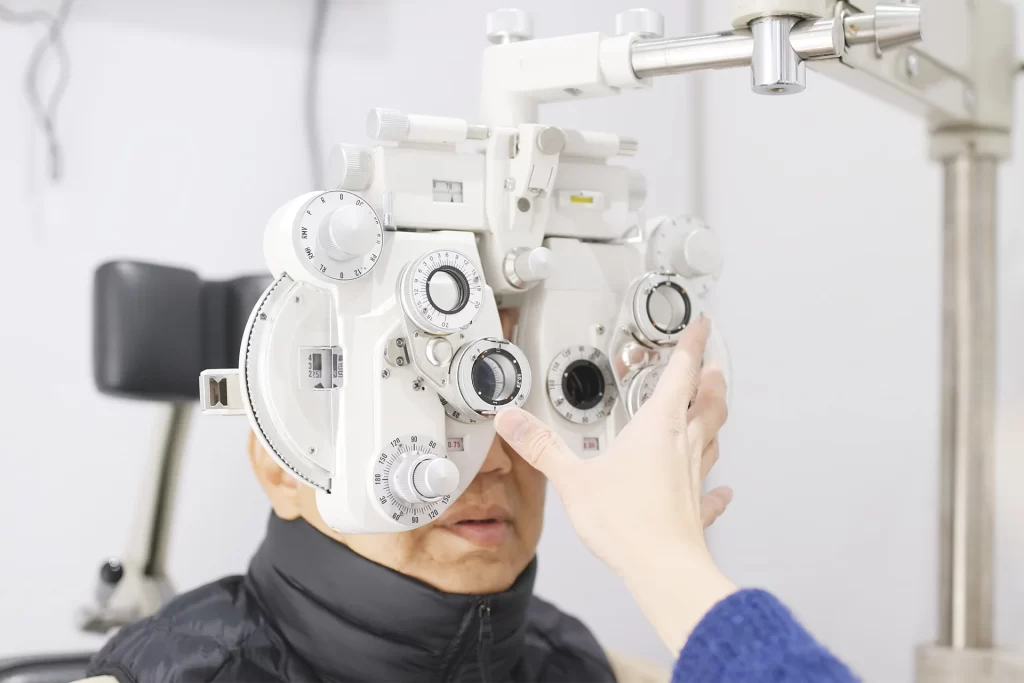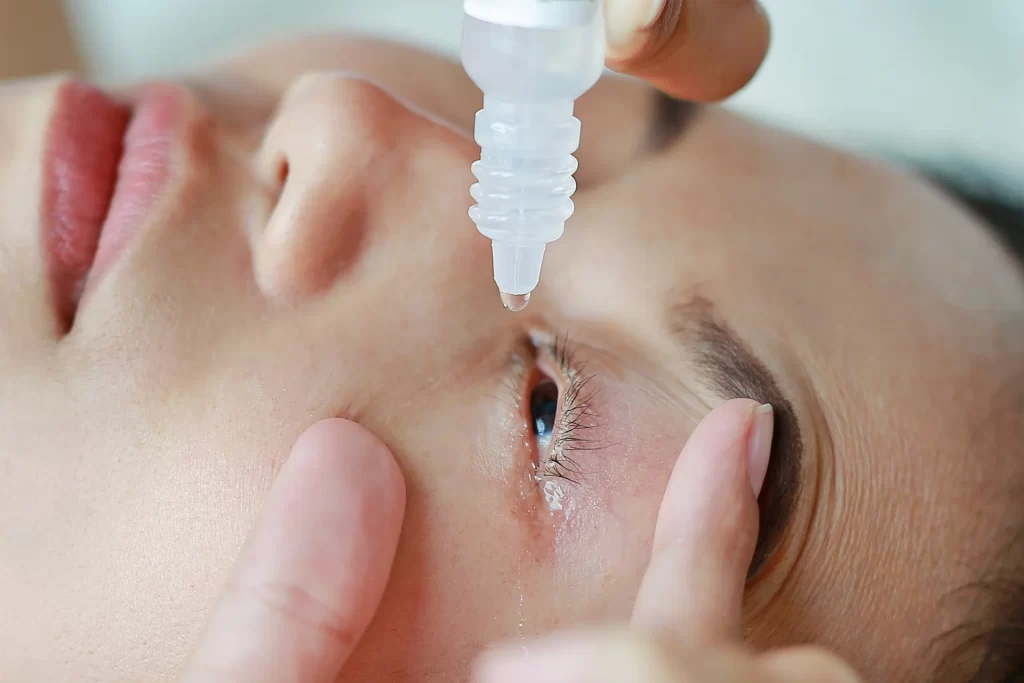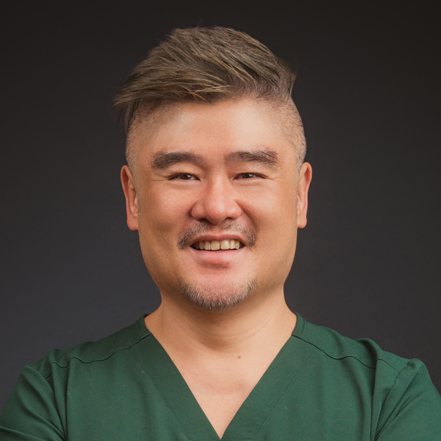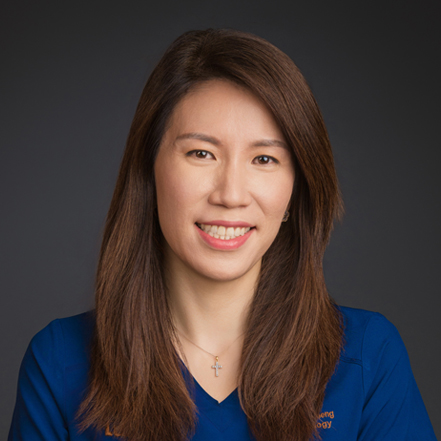
Myopia, commonly known as nearsightedness, causes one to see nearby objects clearly whereas faraway objects will appear blurry. This condition occurs when the longer-than-usual shape of the eye causes light rays to refract inaccurately. Instead of focusing directly on the retina, light rays are focused in front of it.
Myopia is a significant public health concern in Singapore, with some of the highest rates globally. Approximately 65 percent of children and 83 percent of young adults in Singapore are affected by this condition.
To test for myopia, you will be asked to undergo a vision assessment and a dilated fundal examination. Your ophthalmologists will be making use of refraction (including cycloplegic refraction) and axial length measurements to check the shape of the internal structures of your eye. We will be able to track the rate of growth of the eye and changes in spectacle power and advise on suitable treatments if necessary. Other possible tests include:

If you notice your distance vision being less clear than before, or your child struggling to see the white board at school or constantly squinting and rubbing their eyes, it may be time to get assessed for myopia.

This involves maintaining good eye habits, including:
Low-dose atropine eye drops (0.01%, 0.125%, 0.25% and 0.5%) are available and can slow down the progression of myopia in 50 to 60% of children. Atropine treatment requires patients to be committed and motivated, and children will require close monitoring at 6-month intervals.
Eyeglasses are the most simple and popular way to correct myopia and other refractive errors. Contact lenses, on the other hand, are placed directly on the eye and also allow for vision correction.
Refractive surgery and certain laser eye surgeries can reshape the cornea to treat nearsightedness. They include:

Dr Don Pek is a Senior Consultant Ophthalmologist with over 15 years of experience in the field, in particular glaucoma surgery and complex cataract surgeries. He completed his general ophthalmology training in Singapore and Edinburgh, UK, followed by a specialised fellowship in Canada focused on Anterior Segment and Cataract Surgery. Dr Pek is dedicated to improving his patients’ quality of life through caring for and preserving their vision as far as possible.

Dr Clarissa Cheng is a Senior Consultant Ophthalmologist with more than 15 years of experience in the field, in particular glaucoma and retinal disorders. A Gold Medal award winner in the MOH specialist board examinations, Dr Cheng went on to complete her sub-specialty fellowship at the Manchester Royal Eye Hospital in 2018. Besides her clinical practice, Dr Cheng remains involved in the mentoring of future doctors and ophthalmologists through the teaching of medical students.
For a detailed eye assessment or personalised recommendations on treatment, reach out to us – We look forward to bringing back the light into your life.
Bus services (bus stop 13019): 7, 75, 77, 105, 106, 123, 174, 174E
For more information on shuttle services and parking, please refer to this link (https://www.gleneagles.com.sg/plan-your-visit/getting-here).